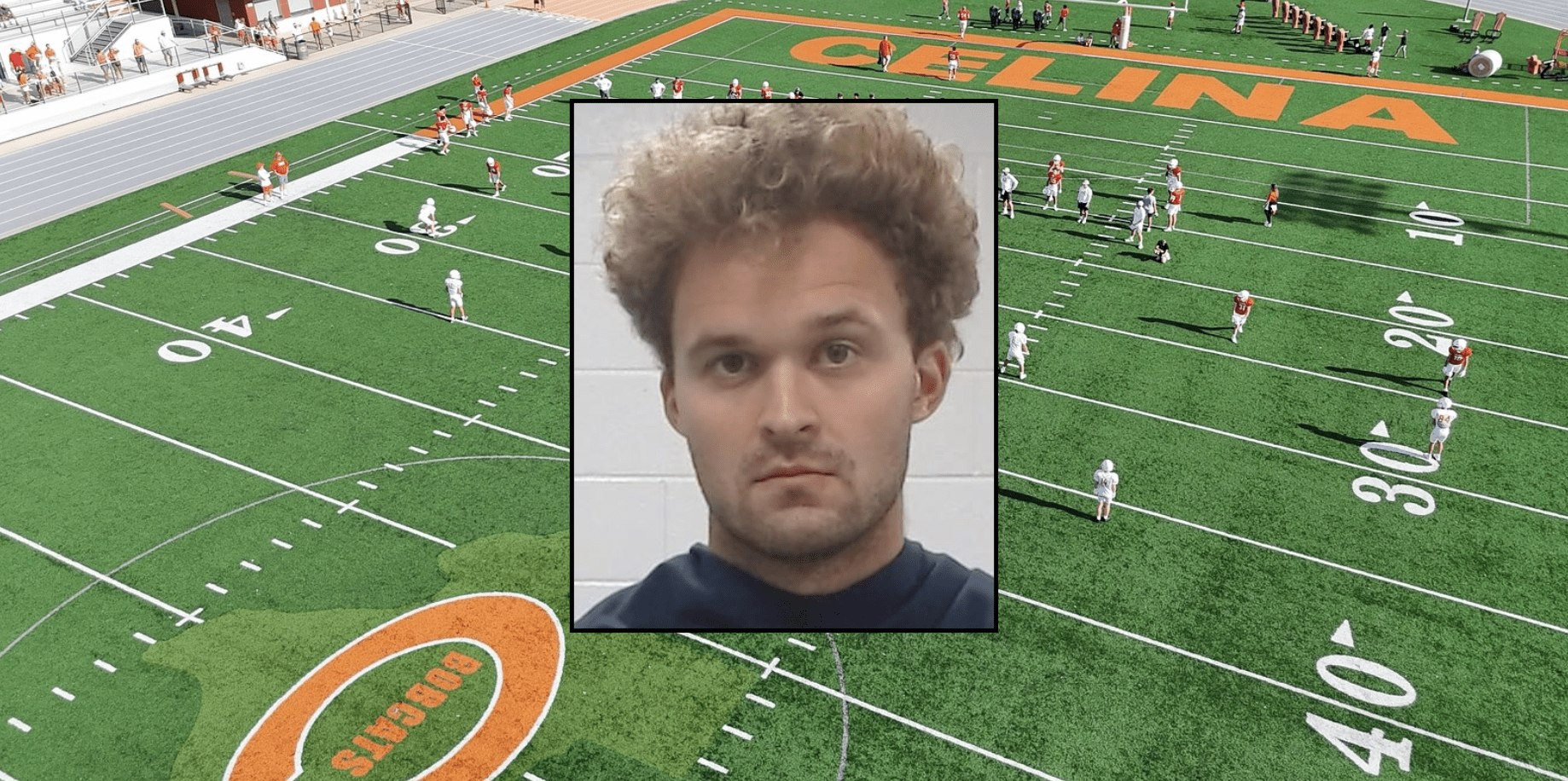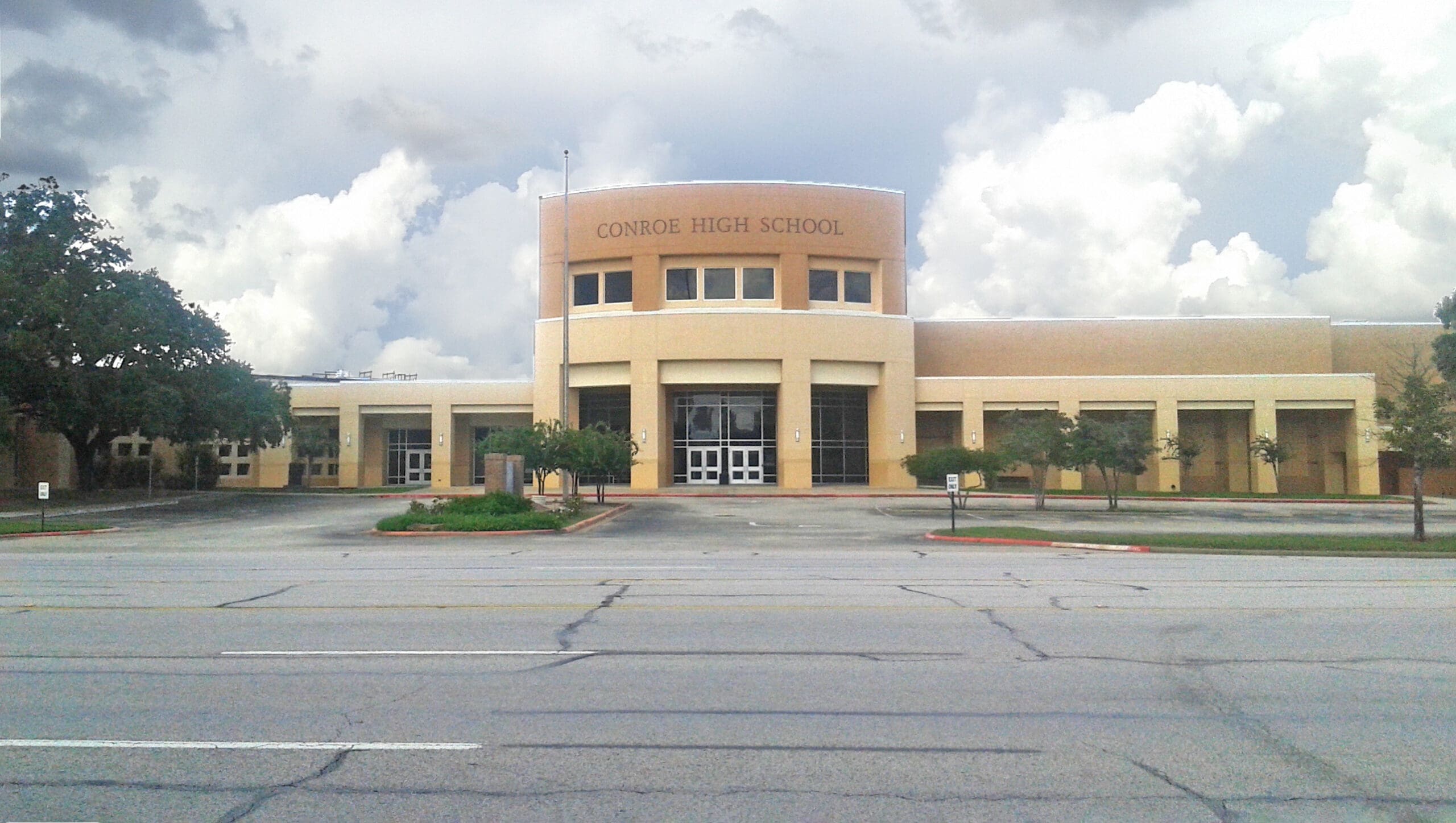UDATED April 29 to include a link to local districts’ academic performance reports.
Dozens of school districts across Texas are asking voters to approve big bond packages that will impose significant new burdens onto local property taxpayers. Yet many claim the tax-backed spending won’t raise property taxes.
At least 107 Texas school districts have put a combined total of $16 billion in bond propositions on the May 7 ballot.
All of the borrowed bond money would have to be repaid, with interest, by local property taxpayers.
To make that clear to voters, a state law passed in 2019 requires school bond propositions to state on the ballot, “THIS IS A PROPERTY TAX INCREASE.”
Yet some local officials claim their new bond debt won’t raise taxes because the school district doesn’t plan to increase its property tax rate.
That’s misleading for several reasons.
First, the tax rate is reset annually. Since voters approve all extra taxes needed to repay the debt as part of bond propositions, districts can always raise future tax rates.
Second, as property values increase, property owners’ tax bills increase even if the rate stays the same. If school districts don’t lower tax rates enough to offset rising property values, the amount of taxes property owners pay goes up—a tax increase.
Finally, regardless of the rate at which the debt is repaid, borrowing and spending money that must be repaid with property taxes necessarily increases local property tax burdens.
A number of school districts acknowledge that their bond proposals will result in higher property tax rates—some significantly higher.
The maximum tax rate most districts can impose for interest and sinking (I&S), the portion of property taxes used to repay debt, is $0.50 per $100 of valuation.
A dozen districts estimate rate increases of 30 cents or more, an additional $300 in annual taxes for every $100,000 of assessed value.
Some districts are touting their higher I&S rates as offsetting recent (state-mandated) reductions in their maintenance and operations (M&O) tax rate, returning the total tax rate to the same level as previous years.
A few, like Longview ISD, accurately explain how they can increase bond debt without raising the tax rate because they’re still collecting more tax revenue as the value of the tax base grows, either from new homes and businesses or rising values of existing properties.
Other districts aren’t raising their debt-repayment tax rate because they’re already at the maximum.
Any new debt approved by voters will be added on top of current local debt levels, which are significant in many school districts.
Northside ISD in San Antonio owes a staggering $3.68 billion in debt principal and interest and is asking for almost a billion more in principal alone.
Klein ISD owes $1.56 billion and is asking for another $1.1 billion, the second-biggest bond package on the ballot. (Klein voters have filed an ethics complaint alleging the district is using misleading tactics to promote passage of the bond.)
The borrowed money will be spent on everything from new school buildings and the land they’re built on to new AstroTurf for school sports fields.
Another state law passed in 2019 requires bonds for financing athletic and recreational facilities to be voted on separately, which is why many districts have multiple propositions on the ballot.
At the same time public schools are asking taxpayers to spend billions on buildings and sports facilities, they’re failing to adequately educate kids. Well over half of Texas students in grades 3-8 can’t read or do math at grade level. Voters can find their local district’s academic performance reports on the Texas Education Agency website.
It’s up to local voters to decide if the bonds will be used to purchase items needed to further their students’ education and whether they represent a good value for taxpayers in the community.
Early voting runs April 25 through May 3. Election Day is Saturday, May 7.
Below is a list of school districts with bond propositions on the ballot. Click on the name of the district to see details about their bond. Proposed bond amounts include principal only. Current bond debt amounts are based on data from the Texas Bond Review Board and include principal and interest.





